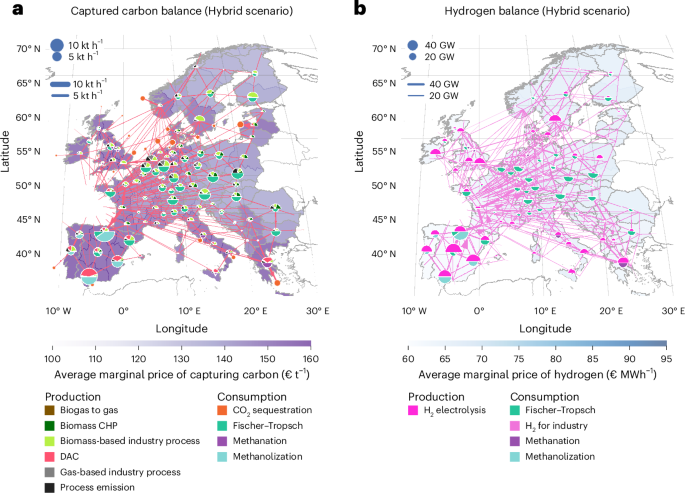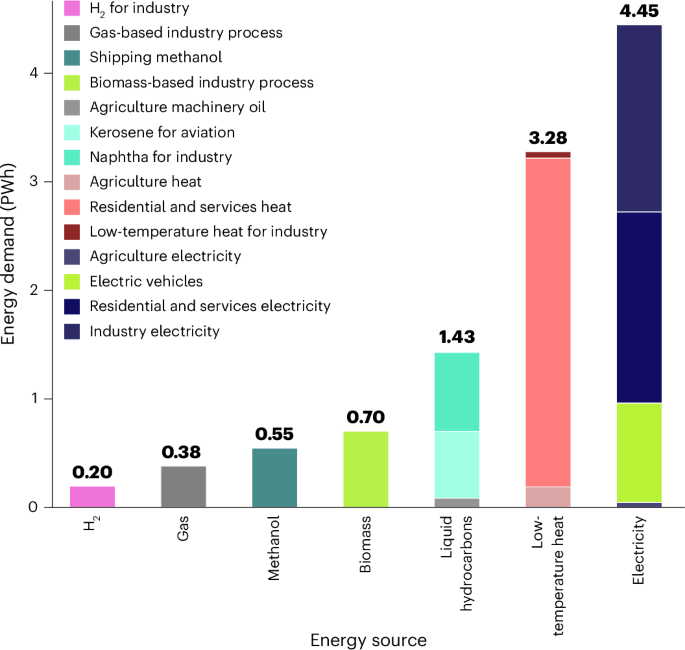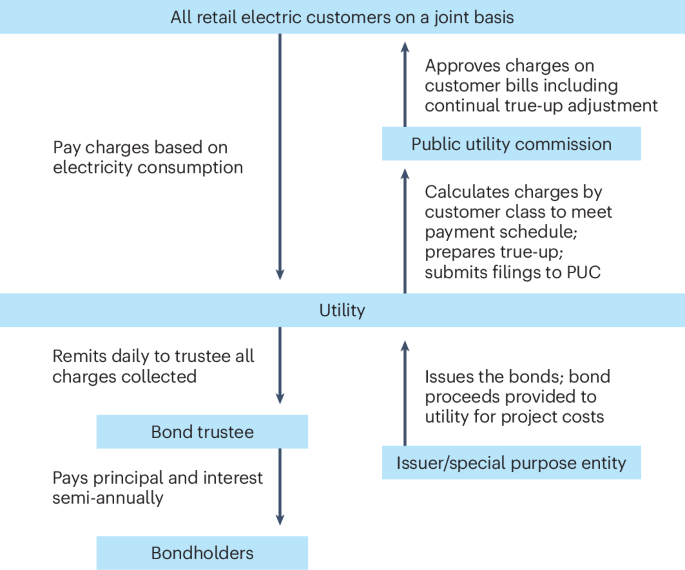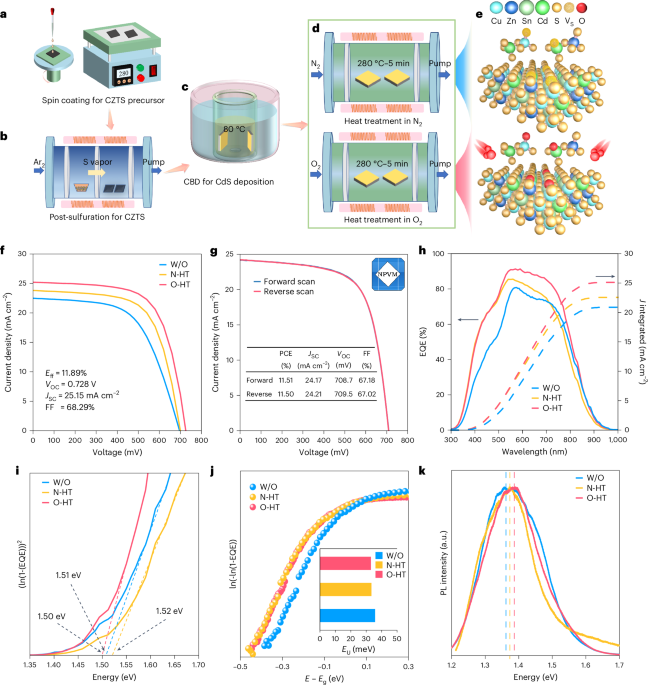A nonenzymatic dependency on inositol-requiring enzyme 1 controls cancer cell cycle progression and tumor growth
by Iratxe Zuazo-Gaztelu, David Lawrence, Ioanna Oikonomidi, Scot Marsters, Ximo Pechuan-Jorge, Catarina J. Gaspar, David Kan, Ehud Segal, Kevin Clark, Maureen Beresini, Marie-Gabrielle Braun, Joachim Rudolph, Zora Modrusan, Meena Choi, Wendy Sandoval, Mike Reichelt, David C. DeWitt, Pekka Kujala, Suzanne van Dijk, Judith Klumperman, Avi Ashkenazi Endoplasmic-reticulum resident inositol-requiring enzyme 1α (IRE1) supports protein homeostasis via its cytoplasmic kinase-RNase module. Known cancer dependency on IRE1 entails its enzymatic activation of the transcription factor XBP1s and regulated RNA decay. We discovered that some cancer cells surprisingly require IRE1 but not its enzymatic activity. IRE1 knockdown but not enzymatic IRE1 inhibition or XBP1 disruption attenuated cell cycle progression and tumor growth. IRE1 silencing led to activation of TP53 and CDKN1A/p21 in conjunction with increased DNA damage and chromosome instability, while decreasing heterochromatin as well as DNA and histone H3K9me3 methylation. Immunoelectron microscopy detected endogenous IRE1 at the nuclear envelope. Thus, cancer cells co-opt IRE1 either enzymatically or nonenzymatically, which has significant implications for IRE1’s biological role and therapeutic targeting.
by Iratxe Zuazo-Gaztelu, David Lawrence, Ioanna Oikonomidi, Scot Marsters, Ximo Pechuan-Jorge, Catarina J. Gaspar, David Kan, Ehud Segal, Kevin Clark, Maureen Beresini, Marie-Gabrielle Braun, Joachim Rudolph, Zora Modrusan, Meena Choi, Wendy Sandoval, Mike Reichelt, David C. DeWitt, Pekka Kujala, Suzanne van Dijk, Judith Klumperman, Avi Ashkenazi Endoplasmic-reticulum resident inositol-requiring enzyme 1α (IRE1) supports protein homeostasis via its cytoplasmic kinase-RNase module. Known cancer dependency on IRE1 entails its enzymatic activation of the transcription factor XBP1s and regulated RNA decay. We discovered that some cancer cells surprisingly require IRE1 but not its enzymatic activity. IRE1 knockdown but not enzymatic IRE1 inhibition or XBP1 disruption attenuated cell cycle progression and tumor growth. IRE1 silencing led to activation of TP53 and CDKN1A/p21 in conjunction with increased DNA damage and chromosome instability, while decreasing heterochromatin as well as DNA and histone H3K9me3 methylation. Immunoelectron microscopy detected endogenous IRE1 at the nuclear envelope. Thus, cancer cells co-opt IRE1 either enzymatically or nonenzymatically, which has significant implications for IRE1’s biological role and therapeutic targeting.














































































































































































